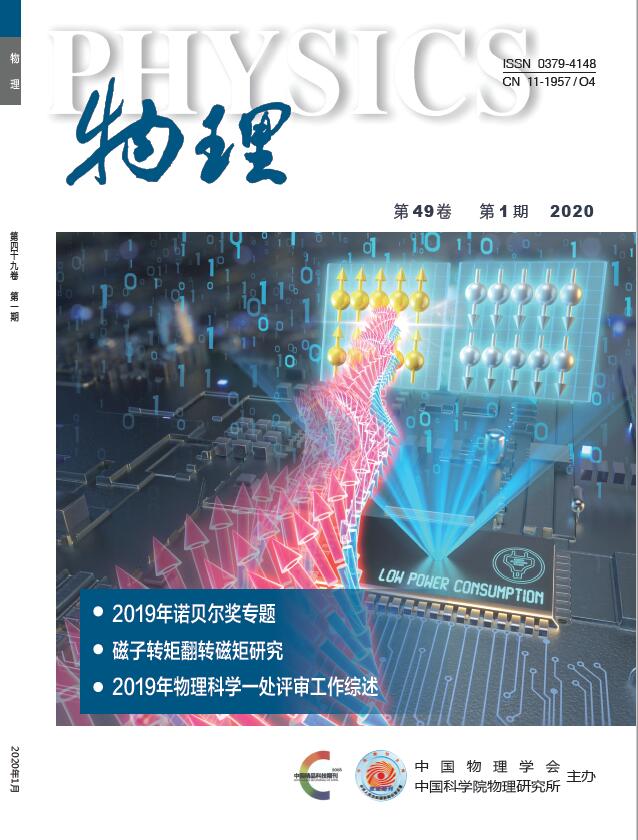
Einstein′s theory of general relativity predicts the existence of black holes in the universe. It is now established that a compact object of four million solar masses resides at the very center of our Milky Way galaxy, which is considered as the most convincing case of an astrophysical black hole. This article aims to highlight some of the milestones toward the discovery of this massive compact object.
The 2020 Nobel Prize in Physics was announced on the evening of October 6 (Beijing time). Half of the prize was awarded to Roger Penrose for the "discovery that black hole formation is a robust prediction of the general theory relativity";the other half was awarded to Reinhard Genzel and Andrea Ghez for the "discovery of a supermassive compact object at the centre of our Galaxy". This paper focuses on Penrose and his research on the singularity of spacetime, including black holes, the singularity theorem, cosmic censorship hypothesis, and so on.
The Nobel Physics Prize in 2020 was awarded to three scientists for their fundamental contributions to the research of black holes and the discovery of a supermassive compact object located in the center of the Milky Way, providing clues to understand the fates of supermassive celestial objects in the universe. Nowadays, it is generally believed that supermassive black holes are located in galactic centers of all galaxies, and that they play key roles in galaxy structure formation and evolution. Those formed in earlier eons and provided energy sources in reionization of the universe, and shed light on our understanding of cosmological expansion history, dark energy physics, and nano-Hz gravitational waves of close binaries of supermassive black holes. The future joint observations of reverberation mapping campaigns and GRAVITY/VLTI of active galactic nuclei will help us make further progress in cosmology and gravitational wave studies.
Efficiency and power are the two main parameters to evaluate the performance of heat engines. The Carnot efficiency is the upper limit in the efficiency of a reversible heat engine. Due to the requirement of infinite operation time in quasi-static processes, the output power of a reversible heat engine approaches zero, with no practical value. Therefore, how to improve the efficiency of a heat engine while maintaining its power for practical purposes is an important scientific challenge in thermodynamics. Finite time thermodynamics, born in the first half of the last century, is developing rapidly to provide the necessary scientific support for this challenge. This paper sketches the early development and present status of finite-time thermodynamics, focusing on current investigations on the power—efficiency trade-off relation for finite-time heat engines. To explore the relation between this trade-off and the irreversibility of finite-time thermodynamic cycles, we introduce our recent theoretical and experimental studies on the irreversible entropy generation in finite-time isothermal processes. Possible future trends and applications of finite-time thermodynamics and the non-equilibrium physics of finite systems are also previewed.
We review the history of quantum simulation from the“bottom-up”approach with ultracold atoms. Considered as a macroscopic quantum state, ultracold atoms have the advantage of all the degrees of freedom being precisely controlled. They are a perfect platform for quantum simulation. An optical lattice is one of the most important techniques in this field because it connects ultracold atom physics with condensed matter physics, and provides a perfect example to show the scientific value of quantum simulation with ultracold atoms. Recently, quantum simulation for topological physics has become a hot topic attracting more and more attention from the ultracold atoms community. We will present a brief review, then share some thoughts about quantum simulation with ultracold atoms.








